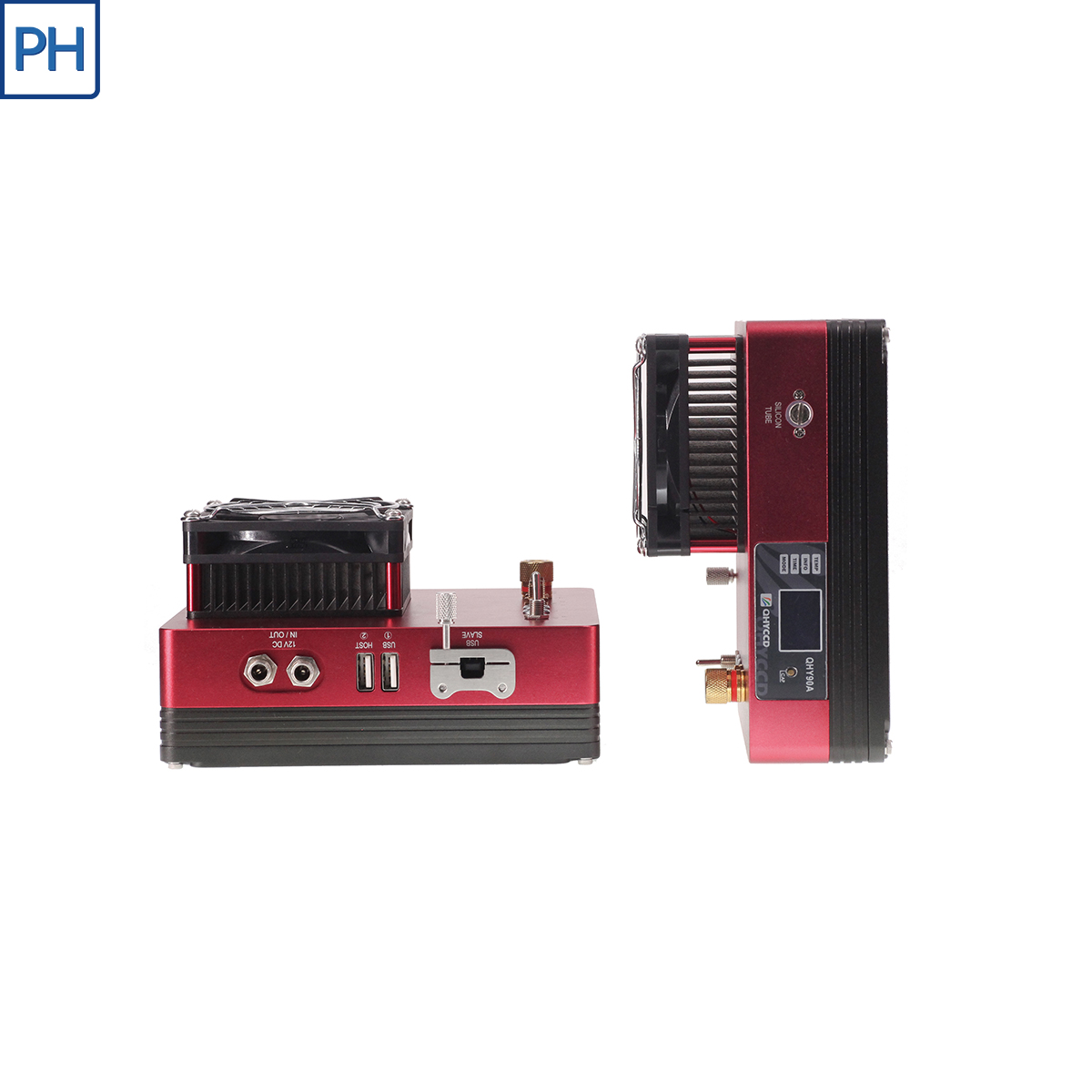QHY695A QHY90A QHY16200A QHY09000A, “A” Series CCD camera. “A” stands for “ALL-IN-ONE”. The camera includes a built-in motor driven filter wheel and natively supports the QHYOAG while consuming a minimum of back focus.


QHY695A QHY90A QHY16200A QHY09000A, “A” Series CCD camera. “A” stands for “ALL-IN-ONE”. The camera includes a built-in motor driven filter wheel and natively supports the QHYOAG while consuming a minimum of back focus.